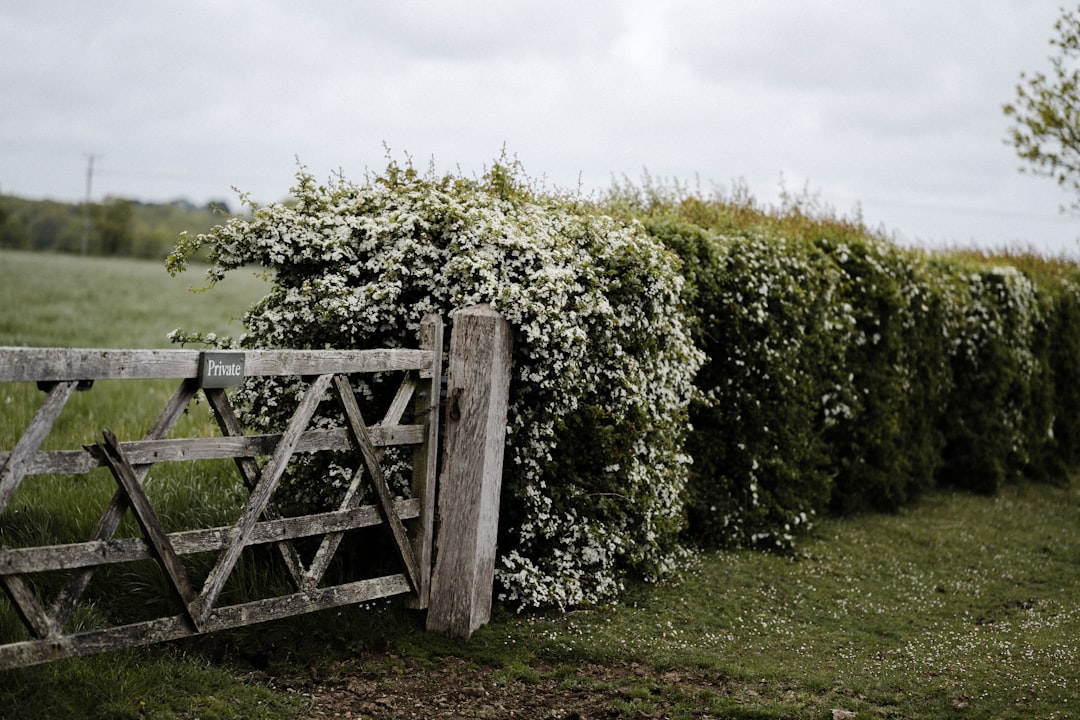Pruning Your Way to a Picture-Perfect Hedge: The Art and Science of Hedge Pruning
When you look out your window and see a beautifully manicured hedge, what do you feel? A sense of calm? A dash of envy? Or perhaps inspiration to enhance your own garden? Hedge pruning is not just a gardening chore; it’s a blend of art, science, and a little bit of therapy.
So, why should you consider hedge pruning? Beyond the aesthetic appeal, it has several practical benefits that can elevate your outdoor space. Pruning encourages new growth, helps maintain shape, and can even improve the health of your plants. In this blog, we’ll explore the essential techniques, tools, and tips to turn your hedge from drab to fab.
### Understanding Hedge Pruning
Hedge pruning is about more than just grabbing a pair of shears and snipping away. It’s a careful process that involves understanding the type of hedge you have and its growth patterns. Different species have varying growth habits; some are more forgiving than others when it comes to trimming. For instance, evergreens typically need less frequent pruning than deciduous hedges.
### The Best Time to Prune
Timing is crucial in the world of hedge pruning. Ideally, you want to prune during the dormant season, usually late winter to early spring, before the new growth begins. This way, you can encourage a burst of healthy foliage when spring arrives. However, some flowering hedges may require pruning right after blooming, so do your research based on your specific plants.
### Tools of the Trade
Equipping yourself with the right tools is essential for effective hedge pruning. Here’s a quick rundown of what you might need:
– **Hand Pruners:** Perfect for small branches and precise cuts.
– **Loppers:** Great for thicker branches that your hand pruners can’t tackle.
– **Hedge Shears:** Designed specifically for hedges, they provide a clean cut over larger areas.
– **Safety Gear:** Don’t forget gloves and safety glasses to protect yourself!
### Techniques to Try
1. **The Right Angle:** When pruning, aim for a sloped top. This ensures that rainwater runs off instead of pooling, which can lead to rot.
2. **Cutting Back:** When shaping your hedge, start from the top and work your way down. Remove the old wood and encourage new growth from the base.
3. **Shape It Up:** Whether you want a natural look or a more formal geometric design, plan your cuts carefully to maintain an even shape.
### Budget-Friendly Options
You don’t need a professional landscaper to achieve stunning results. Hedge pruning can be done by yourself, saving you money while still allowing for creativity in your garden. Consider involving the whole family—make it a weekend project! You can turn it into a fun event, and the sense of accomplishment will be worth it.
### Eco-Friendly Alternatives
In our modern age, sustainability is key. Instead of chemical pesticides, consider using organic options that won’t harm the environment. Also, using biodegradable mulch around your hedges can help retain moisture and suppress weeds, reducing the need for additional maintenance.
### The Psychological Benefits
Did you know that gardening, including hedge pruning, can have therapeutic effects? Engaging in such activities can reduce stress, boost mood, and increase overall happiness. The repetitive action of pruning can be meditative, offering a break from the hustle and bustle of daily life. Plus, watching your hard work transform into a thriving hedge can be incredibly rewarding.
### Trends in Hedge Pruning
As we move forward, there’s a noticeable shift towards embracing natural growth patterns. Many gardeners are opting for a more wild, organic look, allowing hedges to grow freely while maintaining basic structure through selective pruning. This approach not only benefits the plants but also encourages local wildlife to thrive.
### Conclusion
Hedge pruning may seem daunting, but with the right knowledge and tools, it can become one of your favorite gardening tasks. Not only will you enhance the beauty of your outdoor space, but you’ll also reap the benefits of improved plant health and personal well-being. So, grab those shears and start shaping your green canvas today. Remember, each cut is a step towards a garden that’s not just seen, but truly felt.

